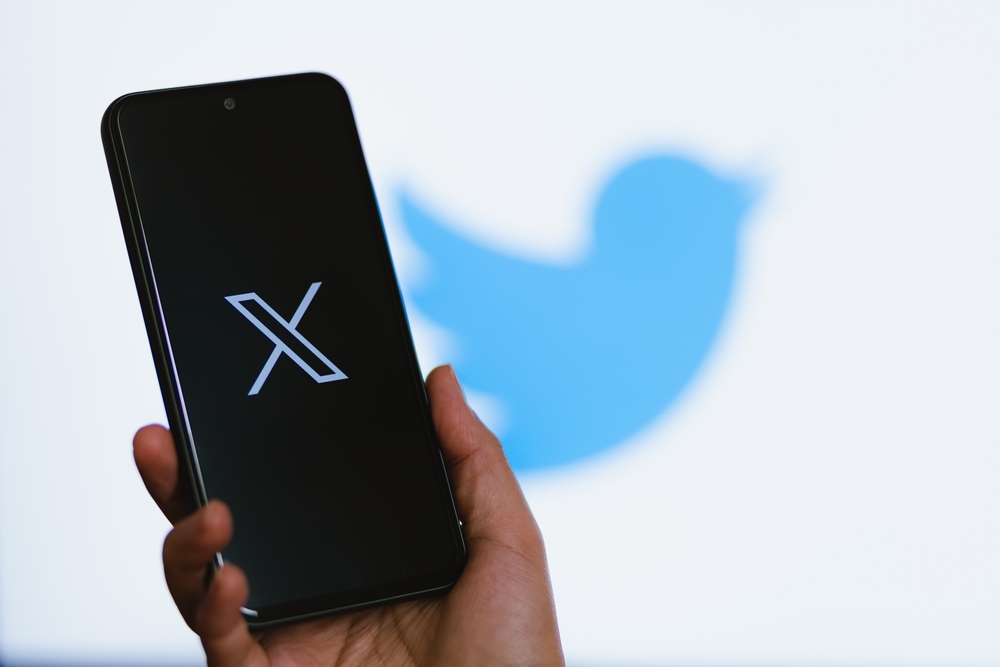The social media platform X experienced its second significant outage of 2025, leaving thousands of users unable to access key features including direct messaging and timeline feeds. The disruption began during peak usage hours and persisted for over five hours, marking another challenging period for the platform previously known as Twitter.
Reports started flooding into outage tracking websites around 11 a.m. Pacific Time, with Down Detector recording approximately 2,500 initial complaints. The platform’s troubles escalated throughout the day, eventually affecting an estimated 6,000 users across multiple countries including the United States, Canada, Peru, and Germany.
Fire at data center triggers widespread problems
The root cause of the extensive service disruption appears to stem from a fire that broke out at a data center facility in Hillsboro, Oregon. The facility, which X leases for its operations, experienced the fire in what unconfirmed reports suggest was a battery room within the building.
Emergency services responded quickly to contain the blaze, but the damage had already begun affecting the platform’s global infrastructure. The incident highlights the vulnerability of modern social media platforms to physical infrastructure failures, even when they maintain distributed systems designed to prevent such widespread outages.
The Oregon data center plays a crucial role in X’s network architecture, handling significant portions of the platform’s traffic and data processing needs. When the fire compromised operations at this facility, users worldwide began experiencing difficulties accessing their accounts, loading content, and sending messages.
Direct messaging remains severely impacted
While many core platform functions began recovering throughout the day, direct messaging capabilities remained significantly compromised. Users reported being unable to open existing conversations or send new messages, with some experiencing message queues showing five or more pending communications.
The platform’s artificial intelligence chatbot, Grok, actively responded to user inquiries about the messaging problems, acknowledging ongoing technical difficulties. The AI system confirmed that engineering teams were working to restore full functionality, though no specific timeline was provided for complete resolution.
Testing by various users revealed inconsistent messaging performance, with some accounts able to send and receive direct messages while others remained completely blocked from accessing their private conversations. This spotty recovery pattern suggests the underlying infrastructure damage affected different user segments in varying ways.
Platform performance shows gradual improvement
Throughout the afternoon and evening hours, X’s overall performance began showing signs of recovery, though problems persisted in several key areas. The platform’s developer status page indicated degraded performance across multiple API endpoints, affecting both individual users and third-party applications that integrate with the service.
Users reported that while the main timeline and posting functions started working more reliably, several features required multiple page refreshes to load properly. The trending topics section and search functionality remained particularly problematic, often failing to display current information or requiring repeated attempts to access.
Loading times increased significantly across all platform features, with some users experiencing delays of several minutes when attempting to view their home feeds or navigate between different sections of the application. The performance issues extended to both desktop browser versions and mobile applications.
Global impact spans multiple continents
The outage affected users across numerous countries, demonstrating the platform’s global reach and the widespread impact of centralized infrastructure failures. Reports came in from North America, South America, and Europe, indicating that the Oregon data center fire had international consequences.
Different geographic regions experienced varying levels of service disruption, with East Coast users in the United States reporting particularly severe problems. New York area users seemed disproportionately affected, suggesting specific routing or server dependencies that amplified the impact in certain locations.
The international scope of the outage raised questions about X’s disaster recovery procedures and backup systems. Modern cloud infrastructure typically includes redundancy measures designed to prevent single points of failure from causing such widespread disruptions.
Second major disruption highlights reliability concerns
This incident marks the second significant outage for X in 2025, following a previous disruption in March that lasted approximately three hours. The March incident was attributed to what platform owner Elon Musk described as a massive cyber attack, though specific details were never publicly disclosed.
The recurring nature of these outages has drawn attention to the platform’s overall stability and infrastructure management. Unlike the March incident, which had a clear explanation from leadership, the current outage received minimal official communication from the company or its executives.
Platform reliability has become increasingly important as social media services integrate more deeply into personal and professional communications. Extended outages can disrupt business operations, news distribution, and emergency communications that rely on these platforms.
Limited official response from platform leadership
Throughout the extended outage period, X provided minimal official communication about the problems or expected resolution timeline. The platform’s status page eventually acknowledged degraded performance, but detailed explanations or updates remained scarce.
Company leadership maintained relative silence during the crisis, a notable contrast to previous incidents that generated significant public commentary. The lack of proactive communication left users relying primarily on third-party outage tracking services and community reports to understand the scope and nature of the problems.
This communication approach reflects broader changes in how the platform handles public relations and crisis management. Traditional social media companies typically provide regular updates during major service disruptions, but X has adopted a more minimal disclosure strategy.
The extended nature of this outage, combined with limited official information, highlights ongoing challenges in platform management and user communication during critical incidents. As social media platforms become essential infrastructure for millions of users, expectations for transparency and reliability continue to evolve.












